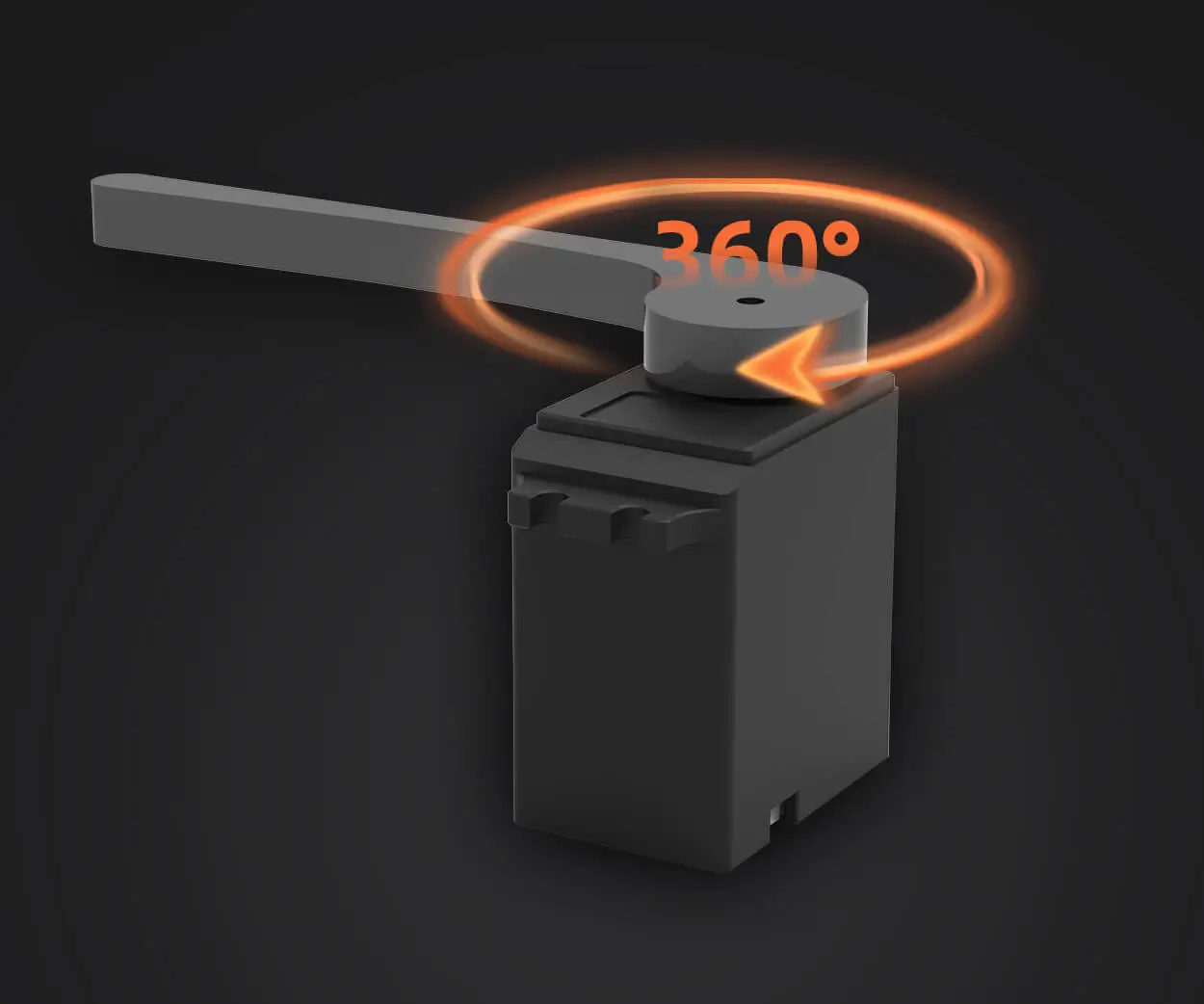In today's fast-paced digital world, businesses are constantly searching for ways to stay ahead of the curve, scale faster, and ensure their systems are both efficient and adaptable. That's where microservices with event-driven architecture come into play. If you're wondering what that actually means, let me break it down for you in a more digestible way.

Picture this: your business is growing, and you need a system that can handle an increasing number of tasks. Traditional monolithic systems often struggle with this, making it hard to scale efficiently. But with microservices, things get a lot easier. Instead of having one big, complex system doing everything, you split it into smaller, independent services. These services work together, but they're not reliant on each other to function.
Now, add event-driven architecture to the mix. It’s like a well-orchestrated dance, where each service reacts to specific events, like a new order being placed or a payment being processed. One service triggers an event, and the others respond accordingly, without needing to wait for instructions. This means faster, more efficient communication between different parts of your system.
But why is this such a game-changer?
Let's say you're running an e-commerce platform, and during a flash sale, orders are coming in at lightning speed. A microservices-based, event-driven approach allows your inventory, payment, and shipping systems to handle each order simultaneously without crashing or slowing down. It's seamless and, most importantly, scalable.
The best part? You don't have to worry about one failing component bringing everything down. Since each service is independent, you can fix or update one without affecting the rest. This makes your system more resilient, adaptive, and future-proof. It's a level of flexibility that traditional systems just can't match.
Still skeptical about whether this is the right choice for your business? Consider the growing demands of your customer base. If you're offering new features or expanding to new markets, you need a system that can evolve just as quickly as your needs do. Microservices with event-driven architecture is not just a trend; it’s a necessity for staying relevant in an increasingly competitive environment.
Moreover, it’s not just about being fast and scalable—it’s about keeping your team in sync. With microservices, each team can focus on a specific service, leading to more specialized development and quicker iteration. This increases efficiency and reduces the chances of bottlenecks in your workflows.
Sure, implementing this kind of system might sound like a big leap. But when you look at the potential for improved efficiency, reduced downtime, and better scalability, it’s a no-brainer for businesses aiming to thrive in the long term. It’s all about making sure your systems are ready to evolve as quickly as your business needs them to.
In the end, adopting microservices with event-driven architecture isn’t just about technology; it’s about future-proofing your business for whatever comes next. Ready to make the leap? The choice is yours.
Established in 2005, Kpower has been dedicated to a professional compact motion unit manufacturer, headquartered in Dongguan, Guangdong Province, China. Leveraging innovations in modular drive technology, Kpower integrates high-performance motors, precision reducers, and multi-protocol control systems to provide efficient and customized smart drive system solutions. Kpower has delivered professional drive system solutions to over 500 enterprise clients globally with products covering various fields such as Smart Home Systems, Automatic Electronics, Robotics, Precision Agriculture, Drones, and Industrial Automation.




































